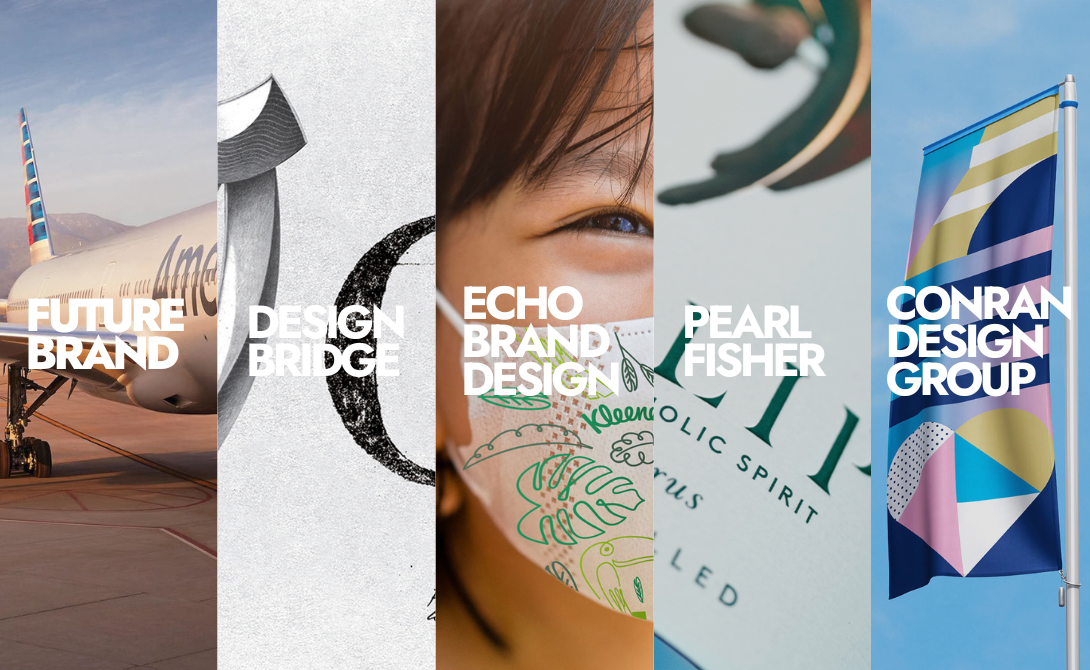Signals of Change: How Creative Agencies Are Redefining Influence in 2025
Discover how leading creative agencies are redefining influence in 2025 — from purpose-driven product design to culturally resonant branding — in response to shifting values, innovation, and global change.

The creative agency world is in flux—and that’s a good thing.
As AI advances, consumer values shift, and sustainability becomes non-negotiable, design and creative agencies are stepping into a new role: not just reacting to change, but actively shaping it.
Over the last twelve years, TDC PR has enjoyed working with some of the most progressive agencies in the business—from Seymourpowell, forpeople, FutureBrand, Pearlfisher and ustwo, to Bulletproof, Design Bridge, BrandOpus, Echo Brand Design, Lewis Moberly, Morrama, New Territory, and more. These clients are not only responding to what’s next—they’re defining it.
“Across the creative industry, one signal rings clear: the agencies shaping the future are those embracing change as a constant.”

From Product to Purpose
Seymourpowell has long designed ahead of its time—from autonomous vehicles to sustainable skincare dispensers. Their focus on “appropriate mobility” reflects a broader shift: prioritising purpose-led design that meets real-world needs over fleeting trend cycles. It’s a signal of the industry’s move toward relevance, responsibility, and long-term thinking.
Morrama brings this ethos into wellness and health tech, creating everything from smart inhalers to refillable skincare systems that balance user experience with environmental responsibility—design that’s elegant and engineered for impact.
Similarly, Swift Creatives applies Scandinavian principles to innovation, blending simplicity, function, and user insight to design products that quietly improve everyday life. Their work proves that purposeful design isn’t about making noise, but making a difference.
London-based studio BLOND combines strategic innovation with empathy for evolving social and environmental needs. They create products, brands, and experiences that not only meet contemporary demands but are designed for long-lasting impact—showing that true innovation is rooted in purpose and sustainability.
Together, these creative agencies show that purpose-driven design isn’t about trends or noise—it’s about lasting relevance, quiet innovation, and tangible impact.

Design as a Cultural Force
Brand consultancies like the examples below, are redefining how businesses connect with culture. In FutureBrand’s work across transport, finance, and consumer sectors, design is a strategic tool—shaping perception, unlocking brand potential, and aligning business goals with cultural relevance. They’re proving that brand strategy and visual identity aren’t separate exercises—they’re inseparable.
Design Bridge continues to lead with emotional branding, blending storytelling and design to build brands that move people. Their approach taps into the instinctive forces that compel and connect—built on sensorial cues, not superficial codes.
Echo Brand Design takes a similar approach, developing holistic brand worlds that connect with audiences on a deeper level. Whether elevating heritage FMCG brands or launching new ones, their work shows how strategic clarity and creative originality can—and should—coexist.
Pearlfisher is driven by “Wantability”—creating emotional connections that turn casual consumers into passionate advocates. Their work blends bold storytelling with design, crafting brands that resonate deeply and create lasting cultural relevance.
Conran Design Group believes design should drive progress—for people, brands, and society. Their work blends strategic clarity with conscious creativity, helping brands define who they are and how they connect with the world. From brand strategy to immersive experiences, they champion purposeful, sustainable progress; proving that great design isn’t about perfection, but about continuous evolution and real-world relevance.
Across these creative agencies, the pattern is clear: the most culturally resonant brands are built through strategic creativity, emotional depth, and sensorial storytelling.

Designing in (and for) the Real World
Digital innovation studio ustwo is designing for more than screens. Their work spans transport, public services, and inclusive tech—using human-centred design to make systems more accessible and equitable. In a time where digital solutions must serve real-world challenges, ustwo leads with empathy and innovation.
Meanwhile, New Territory’s experiments in spatial and sensory design reflect a growing desire to move beyond the digital into the experiential. Their work suggests a future where design agencies don’t just brand things—they orchestrate how we interact with the world around us.
BrandOpus is redefining the link between brand and instinct. Their neuroscience-informed approach explores how identity forms subconscious emotional connections. It’s a timely reminder that even in an era of data and logic, design still moves us on a gut level.
forpeople’s work sits at the intersection of design, behaviour, and experience—spanning everything from tech ecosystems to lifestyle products. Their approach tackles complex human needs designing not just for form or function, but for how people feel, think, and move through the world. This approach shows that great design doesn’t just solve problems—it anticipates them, guiding behaviour through thoughtful, human-centred solutions.
These creative agencies reveal a new frontier for design: not just creating objects or visuals, but reshaping environments, behaviours, and systems with empathy at the core.
Across the design industry, one signal rings clear: the creative agencies shaping the future are those embracing change as a constant—breaking down silos, designing with conscience, and blending art and science.
In 2025, the most successful of these creative agencies are deeply aligned with purpose, using creativity and innovation not just to create aesthetically pleasing objects, but to reshape environments, behaviors, and systems. Their work isn’t about trends or noise; it’s about lasting relevance, quiet innovation, and tangible impact, driven by empathy and strategic creativity.
At TDC PR, we help amplify those voices—turning bold creative thinking into influence and impact. If you’re looking to elevate your approach, get in touch.
What signals of change are you seeing across the creative industries? Join the conversation and share your insights.
